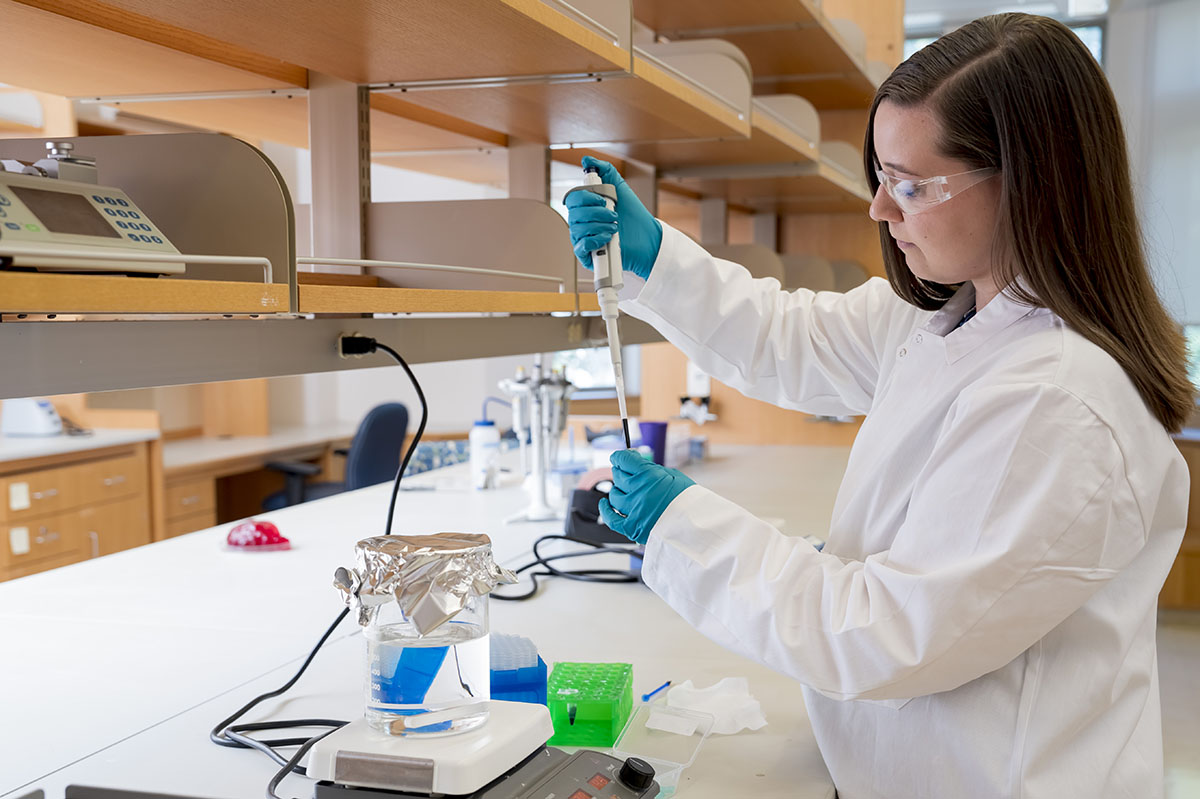A research team at the McKelvey School of Engineering at Washington University in St. Louis has developed innovative bioelectronic hydrogels designed to monitor biological activity within the body. This groundbreaking advancement could potentially replace traditional wearable and implantable devices, which are often constructed from metals, silicon, plastic, and glass and require surgical procedures for implantation.
Led by Alexandra Rutz, an assistant professor of biomedical engineering, along with her doctoral student Anna Goestenkors, the team has created new granular hydrogels consisting of microparticles that can be injected into the body. These hydrogels are capable of spreading over tissues, encapsulating cells, and actively monitoring and stimulating biological processes. The findings of their research were published on October 8, 2025, in the nanoscience journal Small.
The microparticles used in these hydrogels are spherical structures made from the conducting polymer known as PEDOT:PSS. When tightly packed, they resemble wet sand or paste, maintaining solid properties with micropores. They can be manipulated into various shapes through 3D printing or dispersed into individual microparticles when introduced to liquid.
“Granular hydrogels have not been widely studied for these applications, but we have found that this material has the potential to be injected with a needle at the site,” said Rutz. “We’re trying to borrow techniques from tissue engineering to have these electronically conducting materials emulate properties of the body while being able to leverage the function of these materials to have more sophisticated ways of doing it.”
The unique design allows the particles to create porosity at the micron or cellular scale. Goestenkors explained, “Because the particles’ connections aren’t permanent, they can move relative to each other, and the material will flow like a liquid when you apply a certain amount of force that allows them to be injected or extruded. But when you remove that force, they recover those connections and become more of a paste-like solid again, so it’s a very adaptable material.”
In their research, Goestenkors successfully utilized these particles in an experiment involving locusts in the lab of Barani Raman, the Dennis & Barbara Kessler Professor at McKelvey Engineering and co-director of WashU’s Center for Cyborg and BioRobotic Research. She placed small clumps of the particles on the tips of locust antennae, which contain olfactory receptor neurons. This setup enabled the team to measure local field potentials corresponding to odors sensed by the locusts.
Looking ahead, Rutz envisions that these conducting granular hydrogels could be employed as customized 3D printed electrodes. They could conform to diverse surfaces or encapsulate biological components, serving as tissue engineering scaffolds or injectable therapies.
Rutz and Goestenkors have applied for a U.S. patent covering the fabrication and applications of these conducting polymer microparticles and hydrogels. They are collaborating with WashU’s Office of Technology Management to protect their intellectual property and promote commercialization efforts.
This research has received support from various grants including the Women’s Health Technologies Collaboration Initiation Grant, the Center for Regenerative Medicine Seed Grant, and the Ovarian Cancer Research Innovation Fund Award, among others.
As the field of bioelectronics continues to evolve, innovations like these hydrogels could significantly impact medical technology, offering less invasive options for monitoring and interacting with biological systems.
